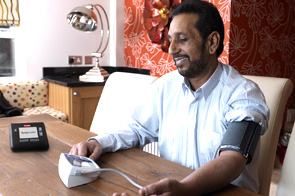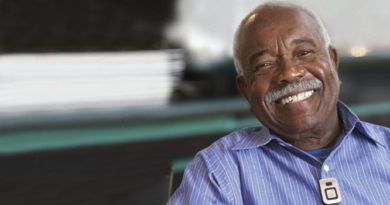Inventya – what we do
By Valerie De Leonibus, Director of Inventya Ltd
Each partner organisation in the AKTIVE consortium has a specific role. Here at Inventya, one of our tasks has been to conduct in-depth market research to provide an insight into the market for the AKTIVE ELA (everyday life analysis) research team. The findings of our initial research will also serve as a basis for further AKTIVE research into lowering the barriers to commercialisation for producers. In other words, we are helping to make it easier for ALT providers to get their products and services to the people that need them, by getting to the route of their challenges and looking into solutions to these challenges. The UK ALT market is always evolving and to date there has not been a great deal of research in the market. Consequently there is a very wide definition of Assisted Living Technologies – ‘any type of product which helps an individual to live, act, or work more independently’. One of our tasks has been to develop a suitable categorisation of the UK ALT market, and it is something we are still working on. It has been challenging, but once this is complete it will make future research much easier.
We have also been carrying out primary research with health professionals, local authorities’ representatives and manufacturers of ALT products to understand the status of assisted living technologies currently available in the market, and have uncovered some initial findings.
Just forty six per cent of health professionals asked (in particular geriatricians) were familiar or very familiar with ALTs, and eighty per cent of these respondents consider ALTs to meet the needs of people prone to falls with average effectiveness or somewhat ineffectively.
Conversely, the vast majority of participating local authorities’ representatives thought that the needs of people suffering from falls are well met with the help of ALTs that are currently available on the market.
There is a clear divergence between health professionals’ and the local authorities’ representatives’ opinions on the effectiveness of current ALTs. This may be because of a lack of awareness on the availability of technologies are and how suitable they really are for their users, or there may be other reasons. This is something we will look deeper into in the next stage of our research.
We also found that –
Only twenty per cent of participating manufacturers of ALTs get their product’s end-users involved during its research and development stage. This low participation rate is explained by: difficulties in accessing specific groups of end-users, resistance to answer questions or to participate generally from both end-users and care staff, and the capability of end-users to understand the technology being developed.
Consequently, some of the manufacturers that participated admitted to having somewhat limited knowledge as to what older customers consider an attractive design. Other difficulties faced by manufacturers were –
Creating awareness among their target customers when translating their R&D; into a profit- generating commercial application.
Market segmentation
Reaching desired economies of scale
The majority of respondents have agreed to continue in AKTIVE research, but we would like to say thank you to all those who have participated in this first stage. We will use the information gathered through this initial market research to develop a robust methodology for further research. We would like to extend an invitation to ALL industry stakeholders in particular retailers, manufacturers and service providers of ALTs to get in touch to take part. We welcome your input and feedback and the information gathered will help to shape and improve the ALT market of the future.
Please email us for more information.


